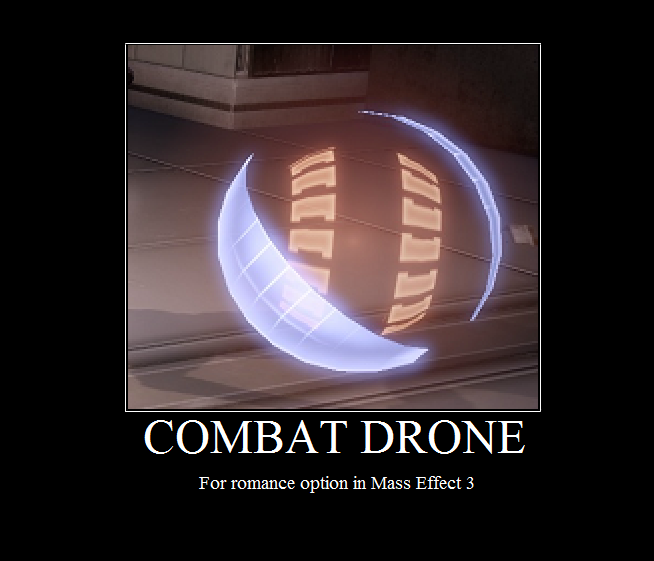I know what I'm about to say is heresey, and also a little off topic, but...
Do we have any on screen dialogue that 100% confirms that Photon Torpedoes use anti-matter?
I know all the background sources say they use anti-matter, but I can't think of any on screen references that confirms it. TOS doesn't have any, and I can't think of any in TNG, but VOY, DS9 and ENT may have.
Data describes "antimatter detonations" in that stupid episode with the two-dimensional fish things and Troi lost her powers and found she was useless. Voyager has more than a few references to it as well, particularly "Friendship 7."
ENT is ironic in that STARFLEET never describes what photon(ick!) torpedoes really are, but then Archer fires a bunch of them at Duras (out of a freaking airlock for some reason) and Duras' weapons officer looks at his screen and yells
"

Antimatter warheads!

"
It would be easier if we didn't have to speculate on how the anti-matter gets to the torpedo. Anti-matter just seems like a hassle, particularly for something expendable as a torpedo.
That and the fact that antimatter is a crappy thing to use as a warhead in the first place. The reaction products are basically a shitload of hard x-rays and charged particles, exactly the kind of stuff that all modern shields are designed to deal with just by virtue having to travel faster than light.
I've always assumed that photon torpedoes were one of two things:
1)
Weaponized Warp Drive: Basically, a disembodied warp nacelle with a guidance system and a nasty inferiority complex. Flies to a target as fast as it can and slams into it at high warp. Damage mechanism: self explanatory.
2)
Weaponized deflector shield: A very powerful shield generator with a guidance system and an impulse engine attached. The forcefield is designed to cause any object that touches it to be accelerated outwards at something like 200 gravities (which is basically what an "isoton" describes: the amount of acceleration imparted by the warhead on one ton of solid mass). Most of the time, the forcefield releases that energy all at once when it strikes a large enough target, other times it can be programmed to expand that forcefield in a spherical radius and "whack" everything in the area nearby. All in all, the destruction caused by a photon torpedo tends to be directly proportional to the mass of its target: thick/heavy target = big boom, thin/flimsy target = little boom.
I lean towards the second option mostly these days since I have never observed photon torpedoes being able to go to warp on their own (Lord knows they should by now) and also the need for specialized launchers, which can only be explained by the fact that the torpedoes need to activate their "warhead" fields BEFORE they launch and the launch tubes are specifically designed to contain that force without being ripped apart themselves. Finally, then, we have an explanation for why starships even USE specialized torpedo launchers instead of just popping them off into space like pez dispensers.


 Antimatter warheads!
Antimatter warheads!